In May I got an iPhone for my birthday – the one that made me, officially, a card-carrying, pension-getting senior.

Not for my birthday, alas, these sweet things were made by my daughter, the one who bought me the iphone
Now I text with friends and get emails wherever I am. I like these features in a phone. But more exciting is the fact that I can download apps. It wasn’t that long ago that I had no idea what an “app” was. App? Is that slang for apple? (The fruit, not the company, although that does bring me to my point … )
Two months ago I bought my first app – iBird Canada 7.2. It took me a while to realize how wonderful this little gem is. But now I’m head over heels in love.
But here’s what I can’t figure out: how can such an encyclopedic amount of information about 689 species of birds be packed into such a little device? And how is it that all this data, including thousands of photos (distinguishing sex and age and location) and songs (complete with sonograms) and references and options to load your own notes and photos, all at the tap or swish of a finger, sells for $8.95! I can hardly believe it.
Here are just a few of the many things I’ve discovered playing around with iBird:
The Chestnut-backed Chickadee, Poecile rufescens, the most numerous bird on Gabriola during the 2014 Christmas Bird Count, is divided into two species: rufescens which has chestnut-coloured sides (which I thought was the only one) and barlowi, which has gray sides. (News to me.) In iBirds’s CBC GENERAL category, one of 17 categories, there are pictures of the two sub-species. If you tap FIELD MARKS ON at the top of the pictures, brief descriptive phrases pop up. Is that not brilliant?
The RANGE MAP category for the American Robin, (Turdus migratorious) shows that these ubiquitous birds winter in the US and parts of Central America. This makes me wonder: how did the robin become such a well-known symbol of and harbinger of spring? Surely that’s not the case just in Canada? And by the way, did you know a group of robins is called a “worm”? The collective nouns for groups of birds are listed in the FACTS Being a word nerd, I like this a lot.
The appearance of Anna’s Hummingbirds (Calypte anna) can change dramatically depending on the sex, the light, the position and age of the bird. In addition to the photo under GENERAL for this hummer, there are 11 images under PHOTOS, no two alike! By the way, if you have a great photo you’d like to share with the iBird world, click Photo Submission Guidelines at the bottom of the Photos page. You’ll be led to a detailed description of how to submit your own bird photos and what the benefits of that might be.
In the past few decades, as old growth forest in B.C. was decimated, Barred Owls (Strix varia) moved westward into traditional Spotted Owl (Strix occidentalis) habitat. Sometimes these two species now mate and their offspring are called, according to the FACTS category on iBird, a Sparred Owl. News to me.
Northwestern Crow (Corvus caurinus) or Common Raven (Corvus corax)? For the uninitiated here on the west coast, it can be confusing, especially from a distance. But with FIELD MARKS ON, iBird shows that in flight the Northwestern Crow has a rounded tail and the Common Raven has a wedged-shaped tail. The raven’s shaggy throat is also a give-away – if it’s visible. But perhaps the best way to ID the corvid in question is to wait for it to vocalize. On iBird, you can switch back and forth between the SOUNDS the two species make with the touch of a finger. Essentially, the raven’s call is deeper and lower in pitch. The SOUNDS function allows you to listen to several variations in songs and calls from various locations for all 689 species. Wow. Plus you can watch the sonograms! And listen to the songs and calls of SIMILAR species. It’s easy as pie.
My favourite iBird category, today at least, is FACTS. But then I’m a Trivial Pursuit fan. Here are a few interesting things I learned while cruising FACTS:
- The American Coot is “kleptoparasitic” – look it up! Or check iBird. 🙂
- The Anna’s hummingbird has a heartbeat of 1260 beats per minute
- There’s a Crayola crayon named Robin’s Egg Blue (now that’s trivia)
And there are lots more categories chock full of information – IDENTIFY, ECOLOGY, BEHAVIOUR, FAMILY, NEST and EGGS, plus links to flickr and Birdipedia. Plus a GLOSSARY. … Do I sound like a commissioned salesperson for iBird? Are you suspicious that they’re paying me for this post? Nope. Wrong on both counts. This post, like everything related to birding – for most of us, anyway – is a labour of love. And I love this app.



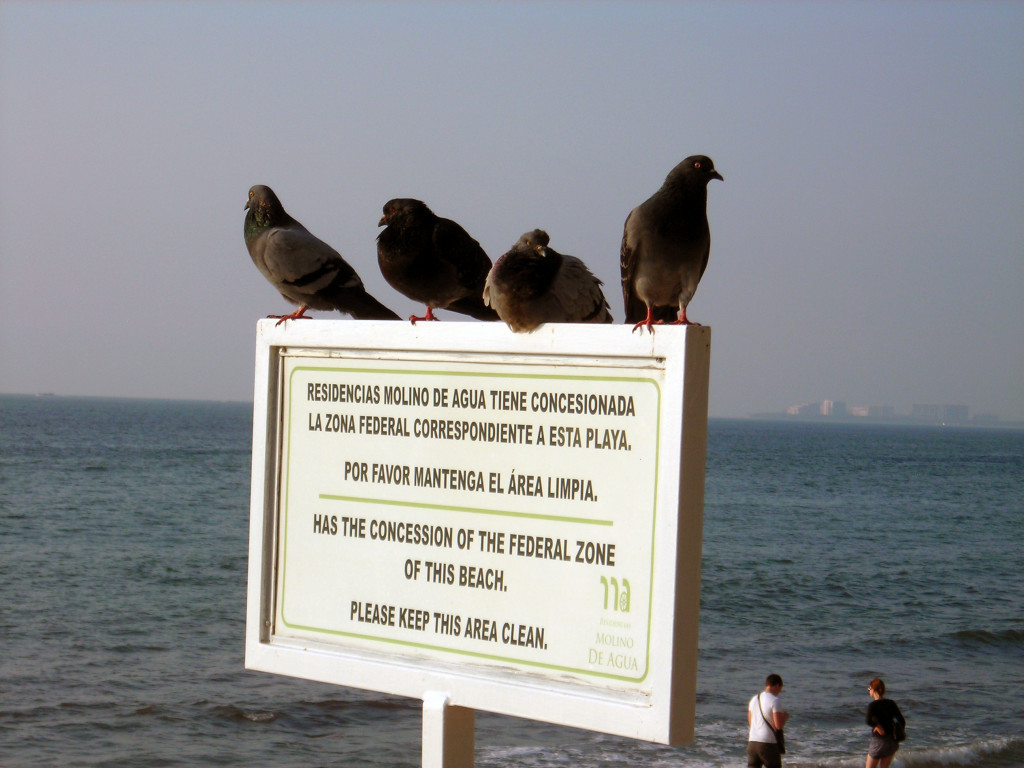
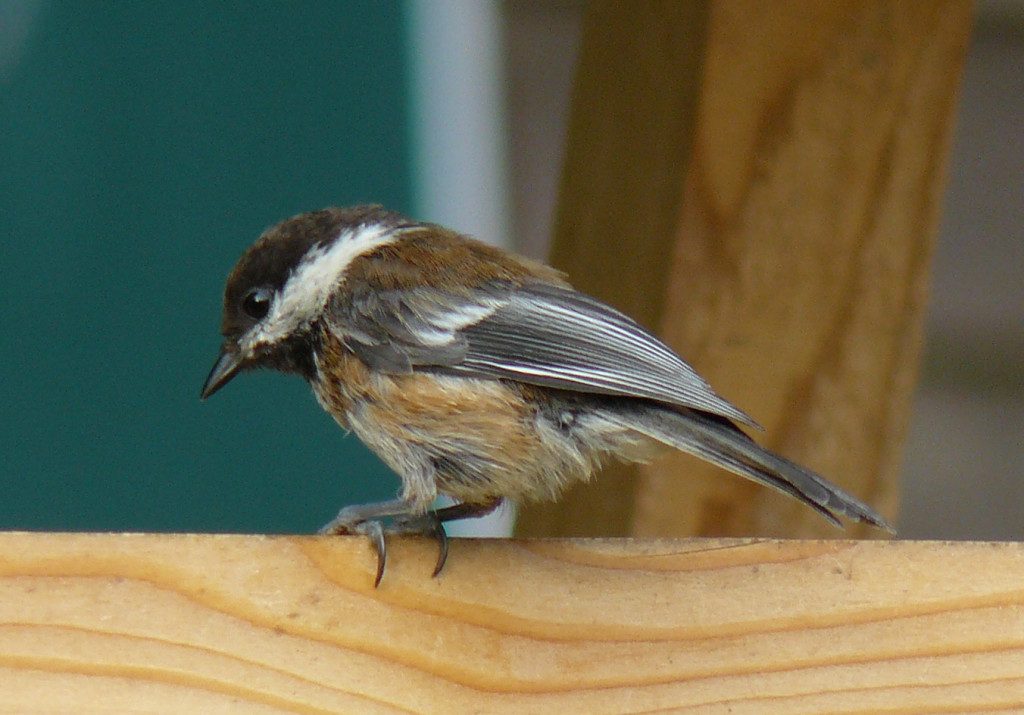
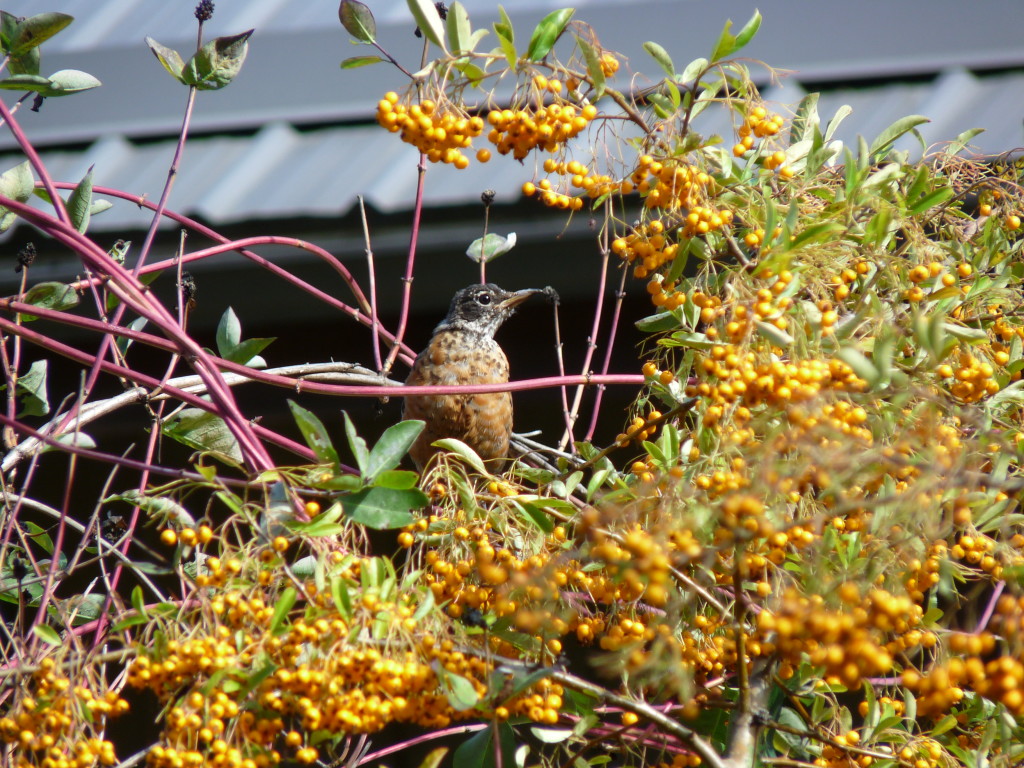
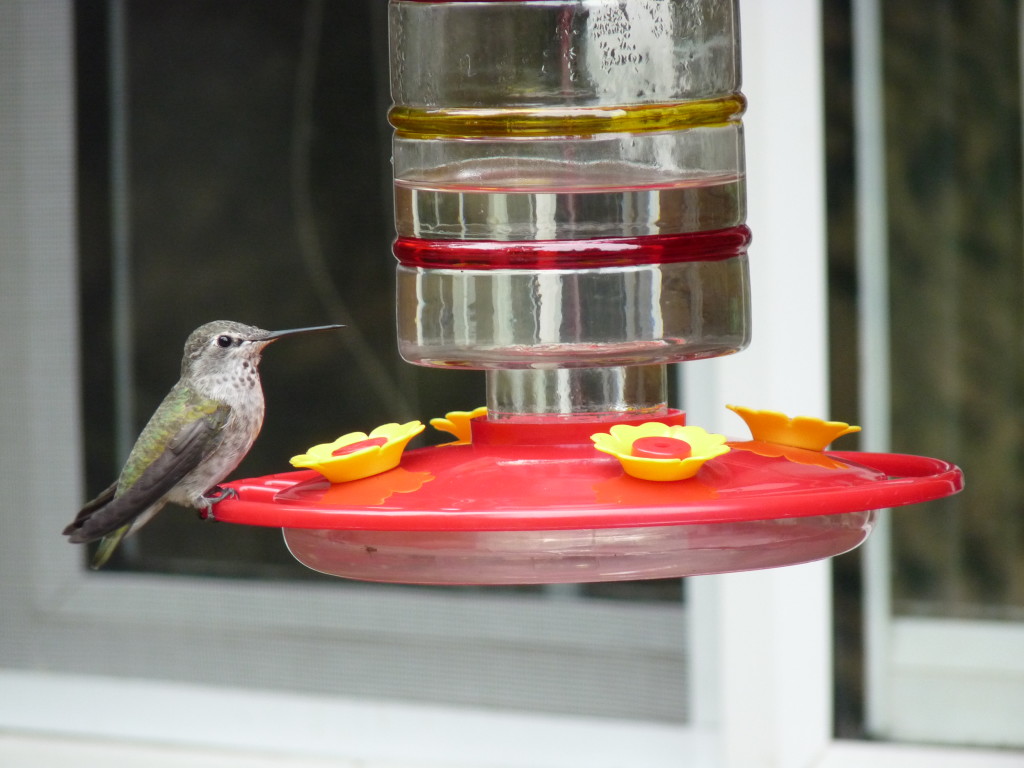
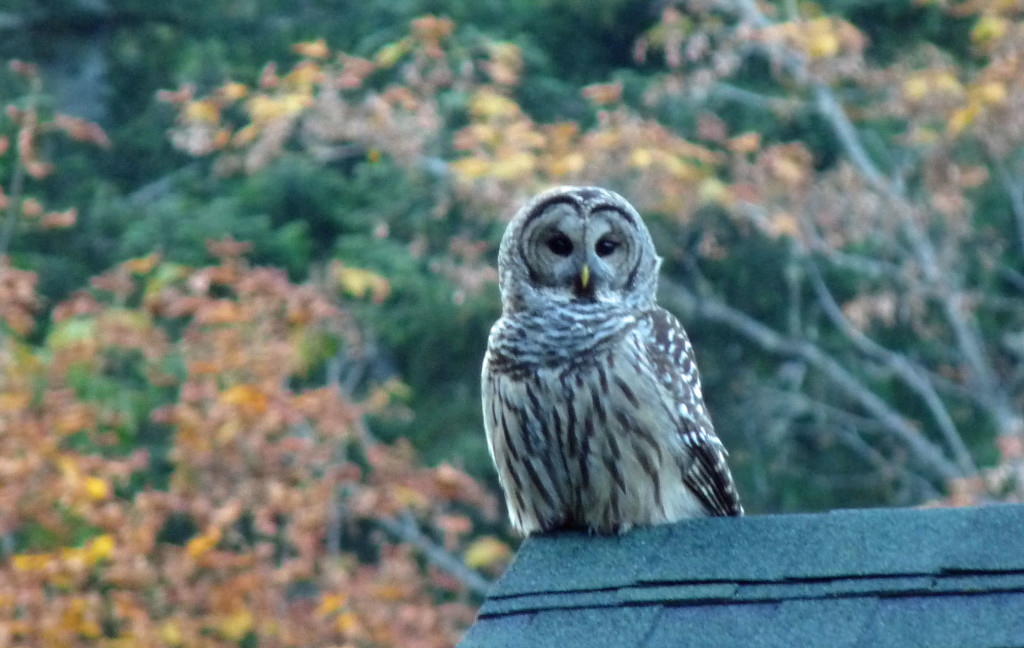
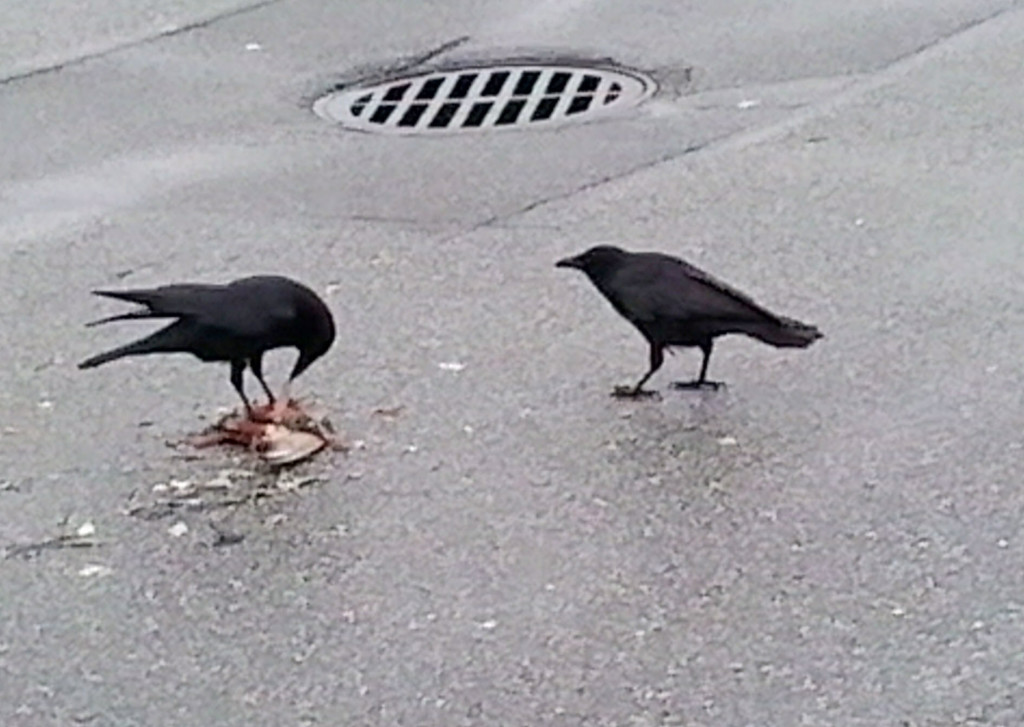
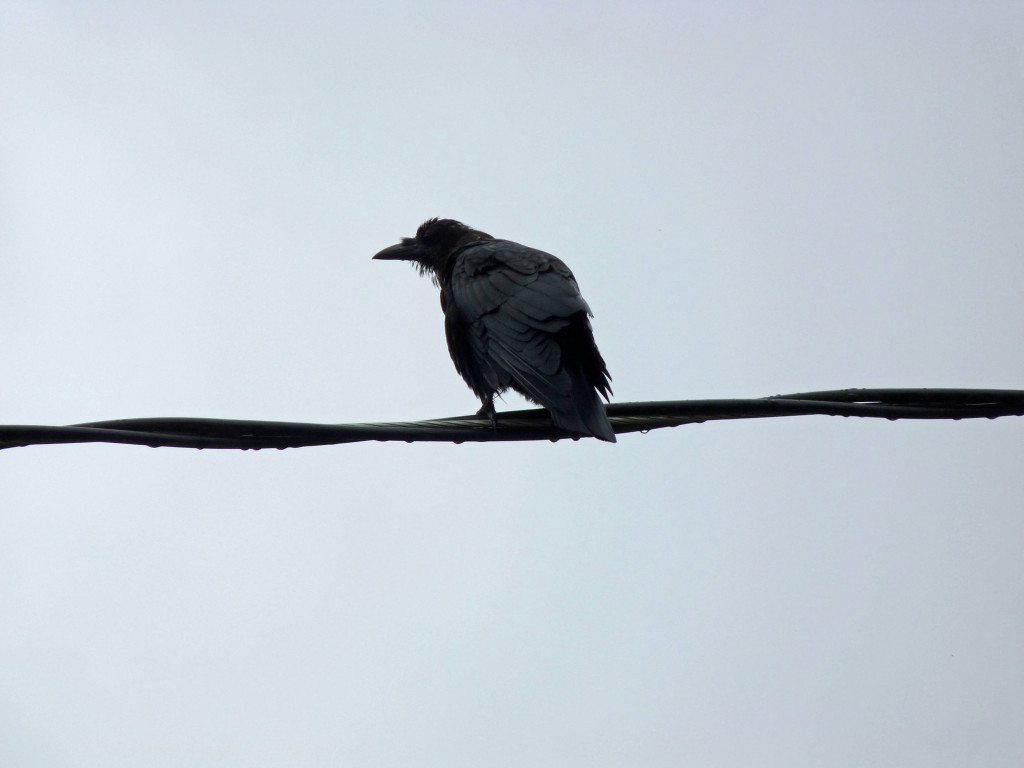
First app I ever bought and it’s my go-to now. A newbie too.
Thanks Bob. Glad you liked it!
I think I need this app. I’ve been doing a little research on it, and it is on sale for $6.99 for a few days. The iBird Pro guide, which covers all of North American plus Hawaii, is also on sale for $16.99 Cdn. They also have a free app, iBird Lite, which is very limited but lets you explore all the features to see if you like how iBird works.
Excellent post, Sharon!